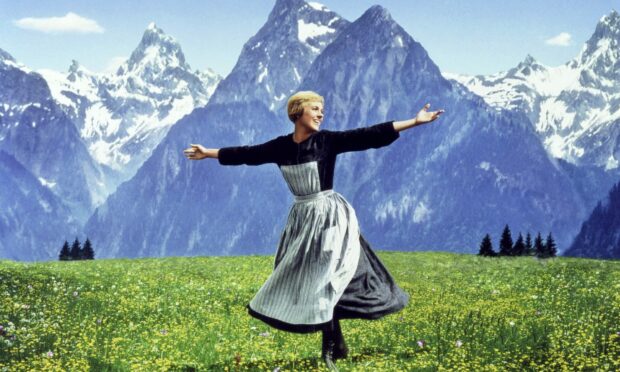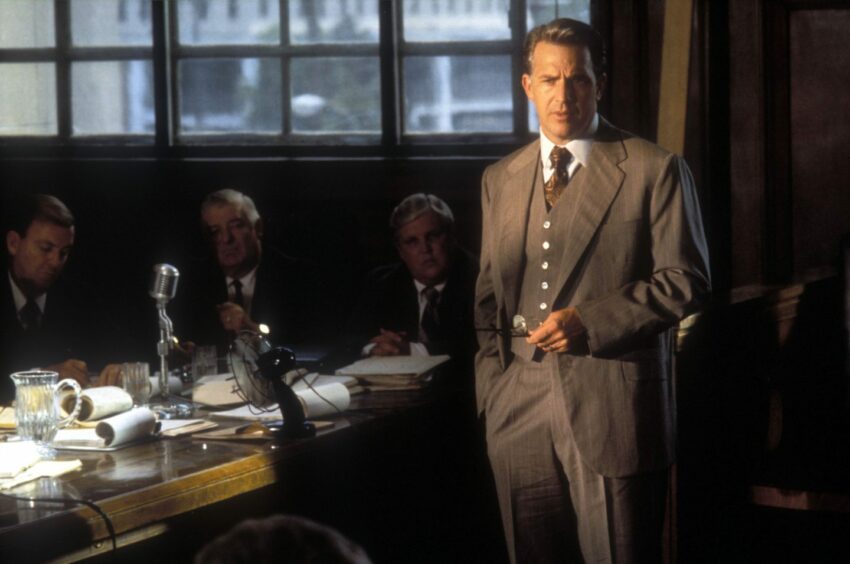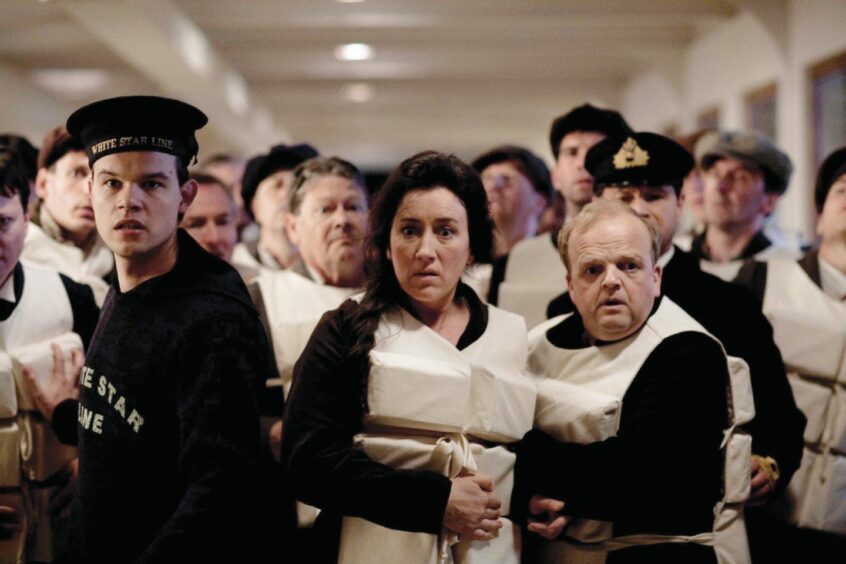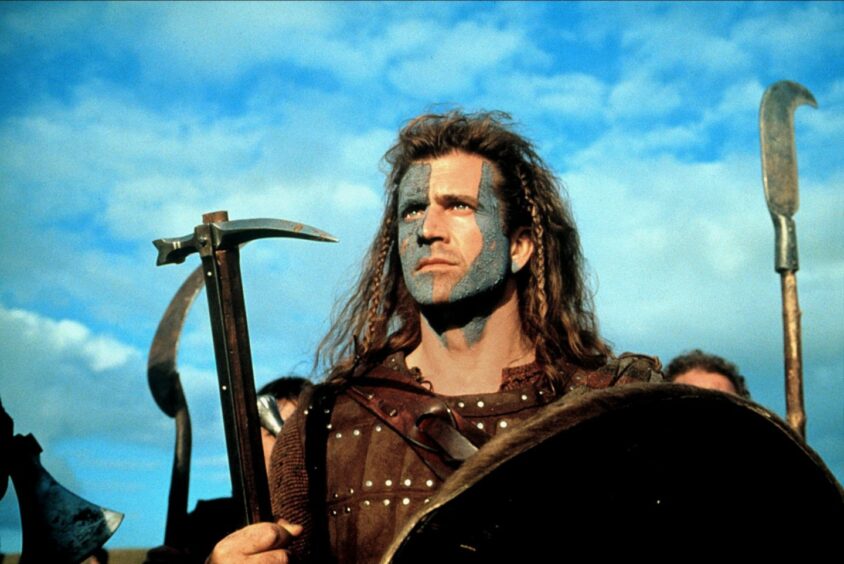I wrote a column last year on Netflix and its series The Crown.
Brilliant sets, brilliant acting, brilliant costumes, all brilliant – apart from the truth. “Very loosely based on the truth” would be more of an apt phrase.
And that got me thinking, about movies. Big blockbuster movies about real life events.
History matters, even at the movies. The writers and directors are all talented people, and the history of whatever they are producing is already brutal and exciting. So, why mess with it? Why just not tell the real truth?
But they often don’t tell the truth. I’m not talking about adding in a few extra bits to make it juicier, they often get things spectacularly wrong.
You may say: “So? Why does this matter? It’s ‘only’ a movie after all.”
But it does matter. It’s messing with history, and when millions of people watch these movies, many often then believe that this is the actual truth about what happened. And that can cause problems in society, for these people often then go on to voice their views on the subject based on the film as opposed to the facts of what really happened. Very dangerous in my view.
This is by no means a definitive list, but let’s take a look at the blockbuster movies that got history and facts so spectacularly wrong.
First up, one of my favourite movies of all time, the Birdman of Alcatraz.
Robert Stroud was a criminal who spent decades in prison. The movie is superb, Stroud played by one of the greatest actors of all time, Burt Lancaster. His co-star was Telly Savalas. They were both, rightly so, nominated for Oscars.
The movie is basically about Stroud and how he passes his time in jail, ie he befriends a sparrow who he rescues from the yard and feeds it. He then goes on to spend his entire time inside learning about and caring for numerous birds. And it’s a true story. It really happened.
Problem is, and I didn’t realise this until I read a detailed book about 10 years ago, that the “lovable Stroud”, which was how he was portrayed in the film, was simply not true. Apparently, he was a real nasty piece of work in real life.
The book is brilliant, but I actually wish I hadn’t read it and stayed in blissful ignorance about the character’s real traits.
JFK: Oliver Stone’s movie on the assassination of American president JFK, one of the biggest news stories of the century, was said to be based on “research”. Maybe so, but many of the scenes in the movie are pure fiction.
Critics have also said that the way the movie was portrayed has only helped fuel conspiracy theories about what really happened and who killed the president.
Pearl Harbor: The blockbuster movie about the Japanese attack on Pearl Harbour in the Second World War. The movie depicts the Japanese as targeting hospitals during their bombing raids. In reality this was not so, and in real life, only one hospital was hit.
And as for Franklin D Roosevelt, miraculously getting out of his wheelchair to prove that “impossible” things can happen, of course, did not happen in real life.
Disney’s Pocahontas: The character of Pocahontas was a real-life Native American woman named Amonute. In 1995, Disney released its own movie, its own version of the Pocahontas story.
A romance develops between Pocahontas and the British settler John Smith, and later Pocahontas throws herself on to the captured John Smith to save his life.
In real life though, Pocahontas would have been aged around 11 at the time, so a romance between her and Smith would have been impossible. Yet Disney portrayed her as an adult, which was untrue.
It’s been claimed that the entire film misleads children as to the real history.
The Sound of Music: I am not ashamed one bit to admit I adore this movie, have done all my life. Despite being a true story, we at the end of the film see the Von Trapp family desperate to flee the Nazis. They do so by hiking across the Alps into the safety of Switzerland.
The reality is that this journey would have taken them directly into Nazi Germany – not a wise move at all. They instead escaped, I believe, by crossing railroad tracks into Italy.
Gladiator: This film is set in ancient Rome, and it is said that director Ridley Scott hired a qualified historian to help make this film as “authentic” as possible.
Well… the main character, played by Russell Crowe, was fictional. It is said that entire battles never happened in real life. The large catapults used in the movie would not have been used in the main battlefield. A German shepherd dog used in the movie did not even exist at the time of ancient Rome. It’s also been pointed out that some Latin inscriptions had incorrect grammar.
Titanic: A wonderful film, no doubt about that. But the Titanic was real, so why mess with facts?
According to historians, the third-class passengers would not have been locked below deck, which in the movie denies them access to lifeboats. There are numerous errors in Titanic, but by far the worst thing was how the movie portrayed the first officer, Will Murdoch. Let’s not forget, this was a real person. In the movie, during the scramble for lifeboats, we see Murdoch shoot two people in the panic. He the turns the gun on himself, killing himself, out of guilt.
Totally and utterly false. The reality was that Murdoch was a hero who saved the lives of many passengers by helping them on to lifeboats.
On the point of “why does it matter if movies make things up, it’s only a movie”. Here is proof it does matter. After uproar at the way Murdoch was negatively portrayed, apparently the vice-president of 20th Century Fox actually came to Scotland to personally apologise to the nephew of Will Murdoch.
I can’t see Netflix apologising to King Charles for the way the Crown has represented him. It should though.
And of course, we finally come to the movie that, to me anyway, gets the gold star.
Braveheart: Telling the story of William Wallace, Scotland’s “hero”, this movie was a massive success, mesmerising audiences all over the world. It even won five Oscars.
Yet, we really should call Braveheart the most historically inaccurate movie ever made.
Goodness me, where to start?
First up, William Wallace played by Mel Gibson (let’s not even mention his dodgy Scottish accent) was called Braveheart.
However, William Wallace was not called Braveheart. It was Robert the Bruce who was named Braveheart.
Anyway, “Braveheart” and his men, as we all know, wore kilts in the movie. And what’s wrong with that? Well, according to numerous historians, they would not have worn kilts, as they didn’t appear in Scottish society until hundreds of years later.
And as for the blue faces, that didn’t happen either apparently. It was the Picts who painted themselves blue, not the Scots.
And what about the on-screen romance between Wallace and Isabella of France? Impossible, for in real life history, Isabella was only around three years old at the time.
One renowned historian said of Braveheart: “The events aren’t accurate, the dates aren’t accurate, the characters aren’t accurate, the names aren’t accurate, the clothes aren’t accurate… in short, just about nothing is accurate.”
Why not just stick to the facts? It would still, I feel, have made for a brilliant movie.
When I write columns that just give my opinion on something, such as the Russian invasion of Ukraine or freedom of speech, then I just let rip, giving my view.
But when writing more feature-based articles, facts are vital. I try immensely hard, double, triple check I’ve got them right. I’m human, I sometimes slip up, but that’s usually caught in the eagle-eyed editing process, and it’s changed prior to print.
Movies get away with murder really. Be it The Crown that is telling falsehoods about the Royal Family or Braveheart that makes a mockery of important history, it’s a dangerous game that can, and does, influence the views of millions of people.
History matters, even at the movies.
Come on Hollywood, don’t mess with history.
Next week – The preconceptions of others…







Conversation